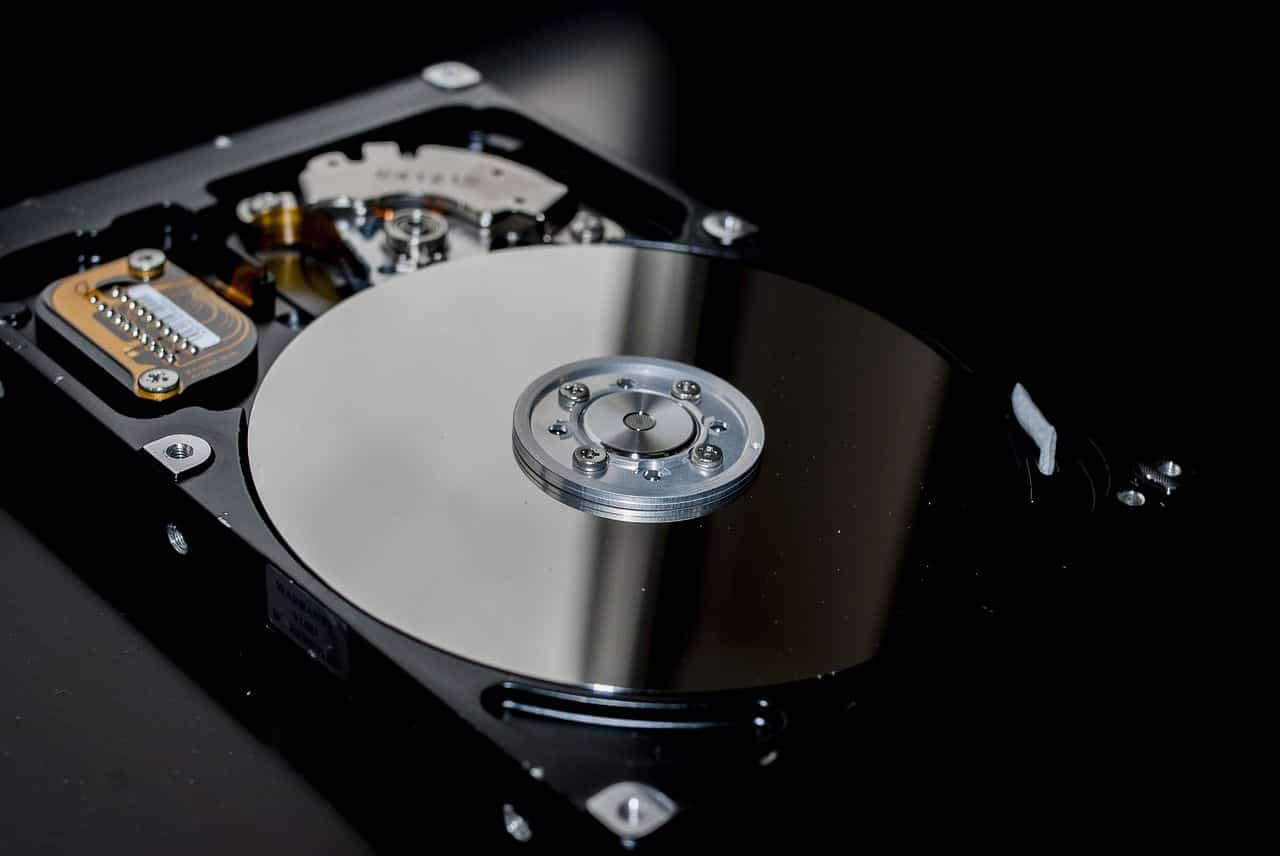Until a few years ago, storage systems relied on machines that shared space in a disk enclosure, whether they were popular manufacturers like Synology, Terramaster, or Qnap, or Enterprise enclosure giants like HP, Dell, Pure Storage, or Netapp. However, with the arrival of virtualization, the systems evolved allowing the hypervisor to connect to storage using traditional technologies like NFS, CIFS, or iSCSI.
The vulnerability of traditional enclosures
This model, although efficient, proved to be a weak link in the reliability chain, as a failure in the storage enclosure could render the entire virtualization system out of service. Virtualization pioneers like VMware with its VSAN, Nutanix, and Proxmox with Ceph have identified this weakness and sought more robust solutions.
Ceph: Revolutionizing storage
Ceph presents itself as an innovative solution in the field of distributed storage. It is based on using the disks of the nodes that make up the hypervisors of the virtualization solution as a replicated storage system across all of them. This approach allows the storage system to remain operational even if several nodes fail, as long as redundancy has been properly configured.
Advantages of Ceph
Open Source and Flexibility: Unlike proprietary solutions like VMware and Nutanix, Ceph is open source, allowing greater flexibility and adaptability to the specific needs of each organization.
Scalability and Redundancy: Ceph offers seamless horizontal scalability. You can add or remove disks and nodes without the need to shut down the system, allowing for quick adaptation to increasing data demands.
High Availability: Data replication across multiple nodes ensures high availability and redundancy, protecting against data loss in case of hardware or network failures.
Multiplatform Support: Ceph supports a variety of storage interfaces, including blocks, files, and objects, offering great flexibility in terms of configuration and support.
Key Components of Ceph
Object Storage Daemon (OSD): Responsible for storing data, handling read/write operations, and replicating data to ensure integrity and availability.
Monitors (MON): Maintain state and configuration information of the cluster, handle authentication and authorizations.
Cluster Manager (Manager): Monitors and manages the state of the cluster, providing information on performance and resource utilization.
Implementations and Use Cases
Proxmox has integrated Ceph in a way that its installation is straightforward, making it easy to use in virtualization environments. Additionally, Ceph can be implemented as a standalone storage system, without the need for a virtualization system. Solutions like PetaSAN or Croit offer installation assistants for those who prefer to avoid the “black screen.”
Ceph is used in a wide variety of use cases, from file storage with CephFS to virtualization and backups, standing out for its ability to handle large volumes of data and its resilience to failures.
Ceph a real alternative to solutions like NetAPP or Pure Storage
Ceph represents the future of disk enclosures, providing a distributed storage solution that surpasses the limitations of traditional enclosures. With its decentralized architecture, high availability, and scalability, Ceph is a robust and flexible option for any organization looking for an efficient and reliable storage solution. The adoption of Ceph can transform the way companies manage their data, ensuring greater security, availability, and adaptability to market demands.

